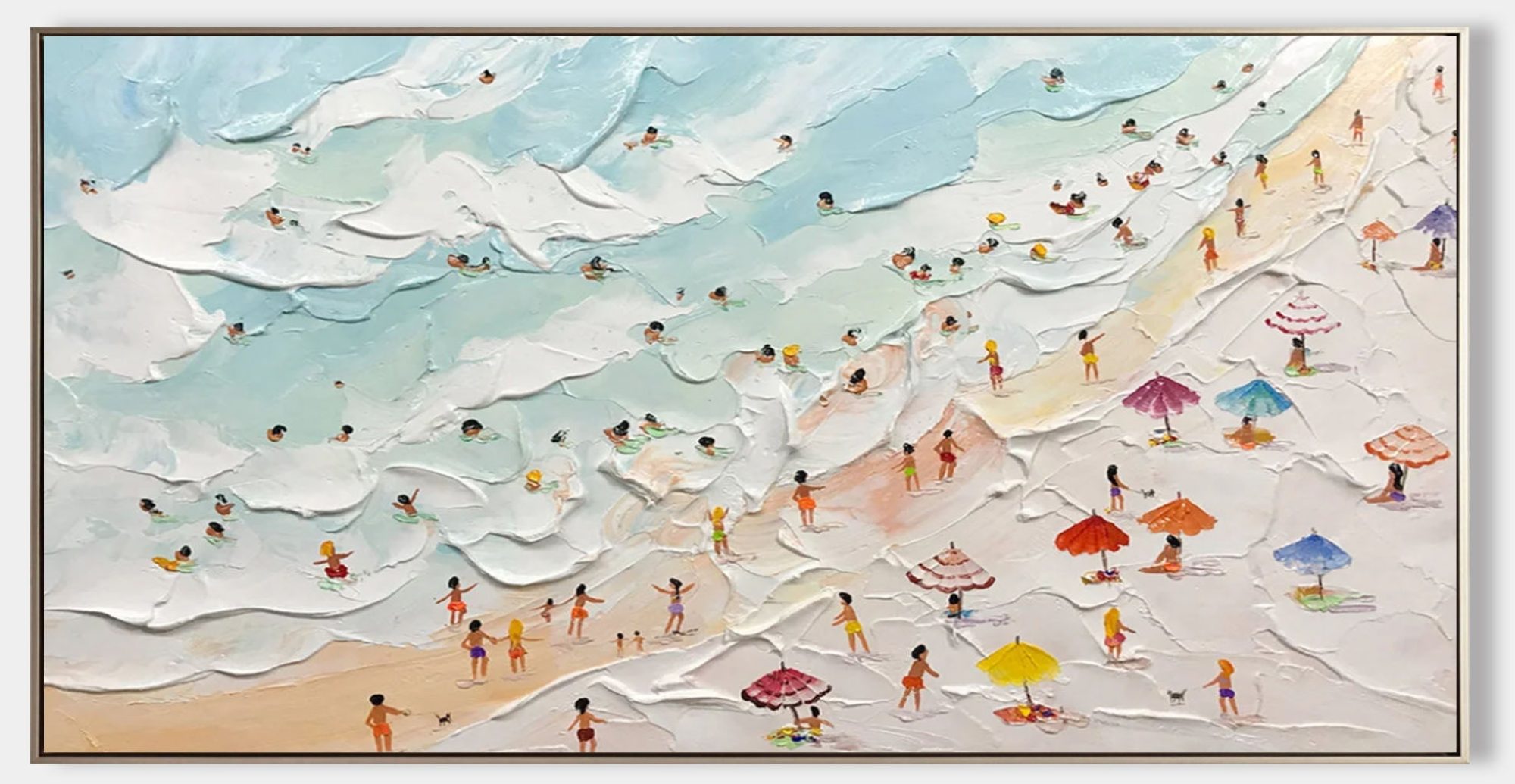The sunset sky is a brilliant display of nature’s palette. For beginners, mastering color blending and harmony is key to painting compelling sunsets. This article focuses on how to mix and layer colors to achieve breathtaking sunset effects.
The Essential Sunset Palette
Start with warm tones like Cadmium Yellow, Vermilion, Alizarin Crimson, and cool hues like Ultramarine Blue and Dioxazine Purple. Use Titanium White for blending.
Gradient Sky Technique
Apply a wet-on-wet technique to blend from light yellow at the horizon to rich reds and purples at the top. Use a wide flat brush to make horizontal sweeps for a soft, gradient sky.
Sun Glow Effect
To paint the sun, reserve a circular area of the canvas. Add a white or pale yellow halo around it using soft dry brushes. This glow effect creates realism and warmth.
Color Harmony and Balance
Use analogous colors (colors next to each other on the color wheel) to maintain harmony. Avoid over-mixing, which can dull the vibrancy of your sunset.
Blending Tips
Always clean your brush between strokes to avoid muddying the colors. Use a sponge or fan brush to blend colors seamlessly.
Understanding color theory and blending techniques allows beginners to paint sunsets that feel alive. Master these basics and your sunset art will captivate viewers.
Reference Reading
“How to Paint a Simple Sunset: Composition and Color Techniques for Beginners (with video)“
